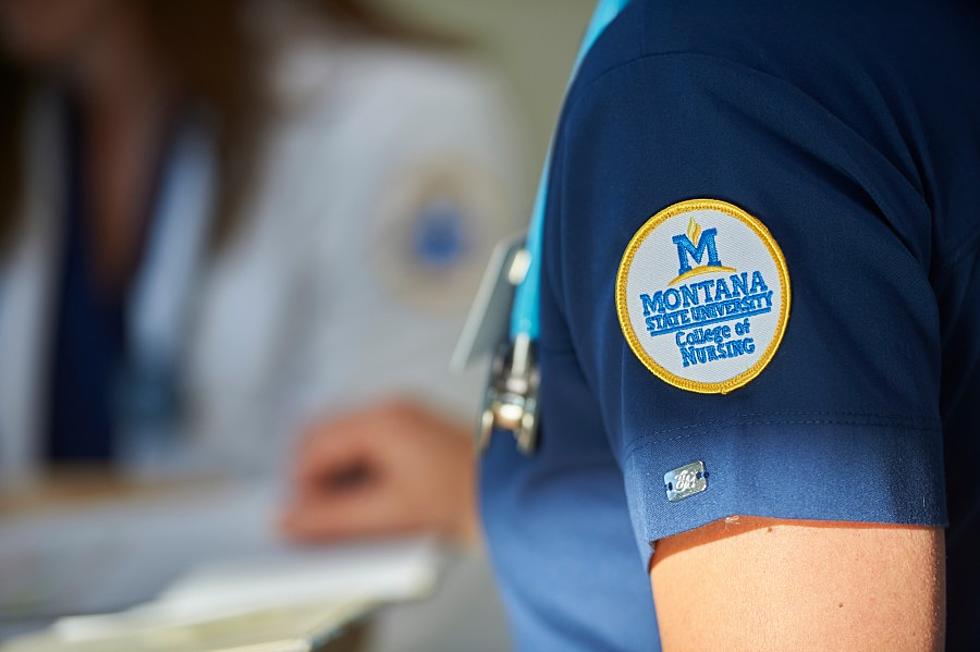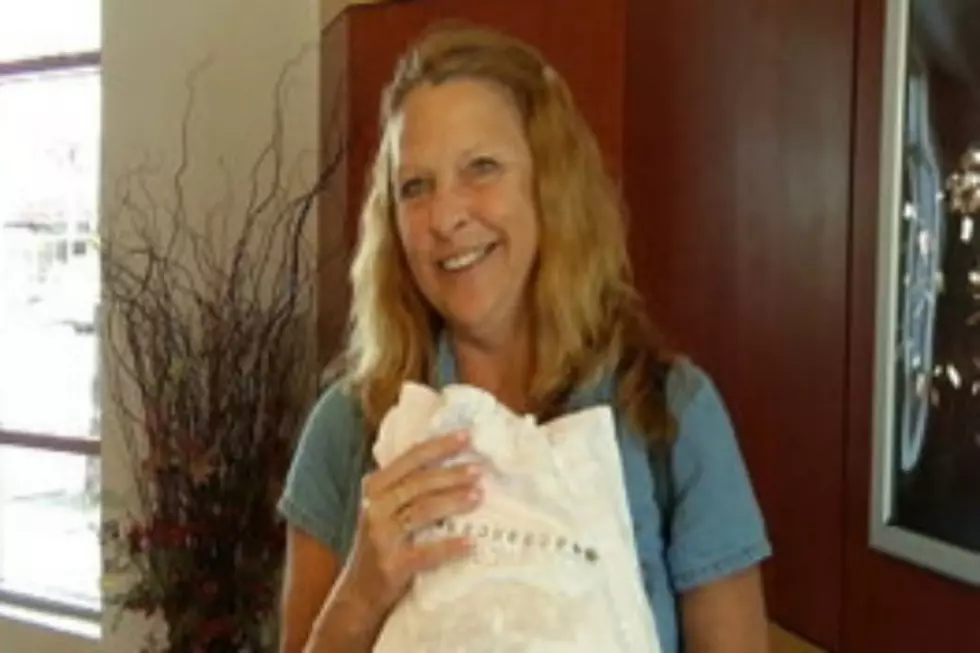
MSU Researchers Advance Microbial Plastic Recycling in New Study
BOZEMAN — The mountains of plastic bottles discarded every day could be turned into clothing and a variety of other goods, and the key may lie with microbes that can do the work naturally, according to researchers at Montana State University.
Some bacteria have an enzyme uniquely tailored to breaking down PET — the plastic widely used in soda bottles and other drinking containers — into a chemical feedstock of the widely used material nylon. That's the main finding of a paper that the MSU team published with their collaborators this week in the journal Proceedings of the National Academy of Sciences.
"This was surprising," said Jennifer DuBois, the study's lead author and professor in the Department of Chemistry and Biochemistry in MSU's College of Letters and Science. "We didn't expect the enzymatic system to recognize the chemical components of PET so well, because obviously these plastic molecules aren't abundant in natural ecosystems."
The study builds on previous work by Japanese scientists who found in 2016 that a certain bacteria species appeared able to live entirely by digesting the common plastic. The MSU team, working with partners at the U.S. Department of Energy's National Renewable Energy Laboratory and the University of Portsmouth in the United Kingdom, dug deeper to explore how the biochemical process works.
"These are bacteria that can chew plastic up, swallow it and completely digest it, so to speak," DuBois said. "Previous research had focused on the chewing, and we were interested in the whole process, what happens in the intestines. This paper is driving toward an understanding of how all the parts of that system work together."
Using MSU's Proteomics, Metabolomics and Mass Spectrometry Facility, the researchers were able to see the intermediate steps that occur as the bacteria's multiple enzymes break down PET. The team identified intermediate molecules — ones that the bacteria would normally continue to break down — that are useful biochemicals that can be made into valuable materials, including nylon.
"This was a reaction that you might not anticipate seeing at all," said Rita Clare, a biochemistry doctoral student who works in DuBois's lab. Although the bacteria species was initially found in sediment outside a recycling facility in Japan, and similar genes have since been found in roughly a dozen other bacteria that primarily live on plants, "we really have no idea why these organisms have these genes if they're not eating PET all the time." Because the enzyme normally serves a different — if similar — biochemical function, its ability to break down the plastic compounds "is what we call chemically promiscuous behavior," she said.
That also means that the organism, left to its own devices, is fairly slow and inefficient at breaking down PET. If the bacteria's behavior in the lab is like eating a hotdog, using the bacteria for industrial plastic recycling "would be like eating 50 hotdogs at a contest, every day," DuBois said. "The next step is to say, how could we tweak these genes or engineer the process. Our work is really about how this biochemistry can be used." A long-term goal is to use bioreactors containing bacteria to produce useful material from plastic feedstocks, she said.
The project emerged through a consortium called Bio-Optimized Technologies to Keep Thermoplastics out of Landfills and the Environment Consortium, or BOTTLE, that's focused on developing innovative processes for plastic recycling. The group includes multiple federal labs as well as MSU and other universities.
Normally, PET is recycled by re-melting or chemically breaking it down into its component materials. Using bacteria would be less energy- and chemical-intensive and could more directly produce the desired feedstock, in this case a biochemical called TPA that can readily be made into nylon, according to DuBois.
"On the one hand, these piles of waste plastic are a major problem," DuBois said. "But they're also an opportunity for making something useful."
"We're very passionate about this project, so to have something come to fruition like this — to see something in the lab that only you've ever seen — is really exciting," said Jessica Lusty Beech, a biochemistry doctoral student in DuBois's lab. "It's incredibly cool and relevant right now to be putting effort into developing these kind of biotechnologies. You try a lot of different things out and hopefully someday one of them changes the world. This could be one part of that."
The other MSU co-authors of the paper are Brian Bothner, professor in the chemistry and biochemistry department and director of Montana INBRE, who oversaw the mass spectrometry; James Larson, biochemistry doctoral student in Bothner's lab; William Kincannon, former postdoc in DuBois's lab; and Ari Romberg, an undergraduate biochemistry major working in DuBois's lab. Other co-authors are Gregg Beckham, senior research fellow at NREL and BOTTLE director; and John McGeehan, director of the Centre for Enzyme Innovation, and Michael Zahn, senior research fellow, both at University of Portsmouth.
- by Marshall Swearingen, MSU News Service -









